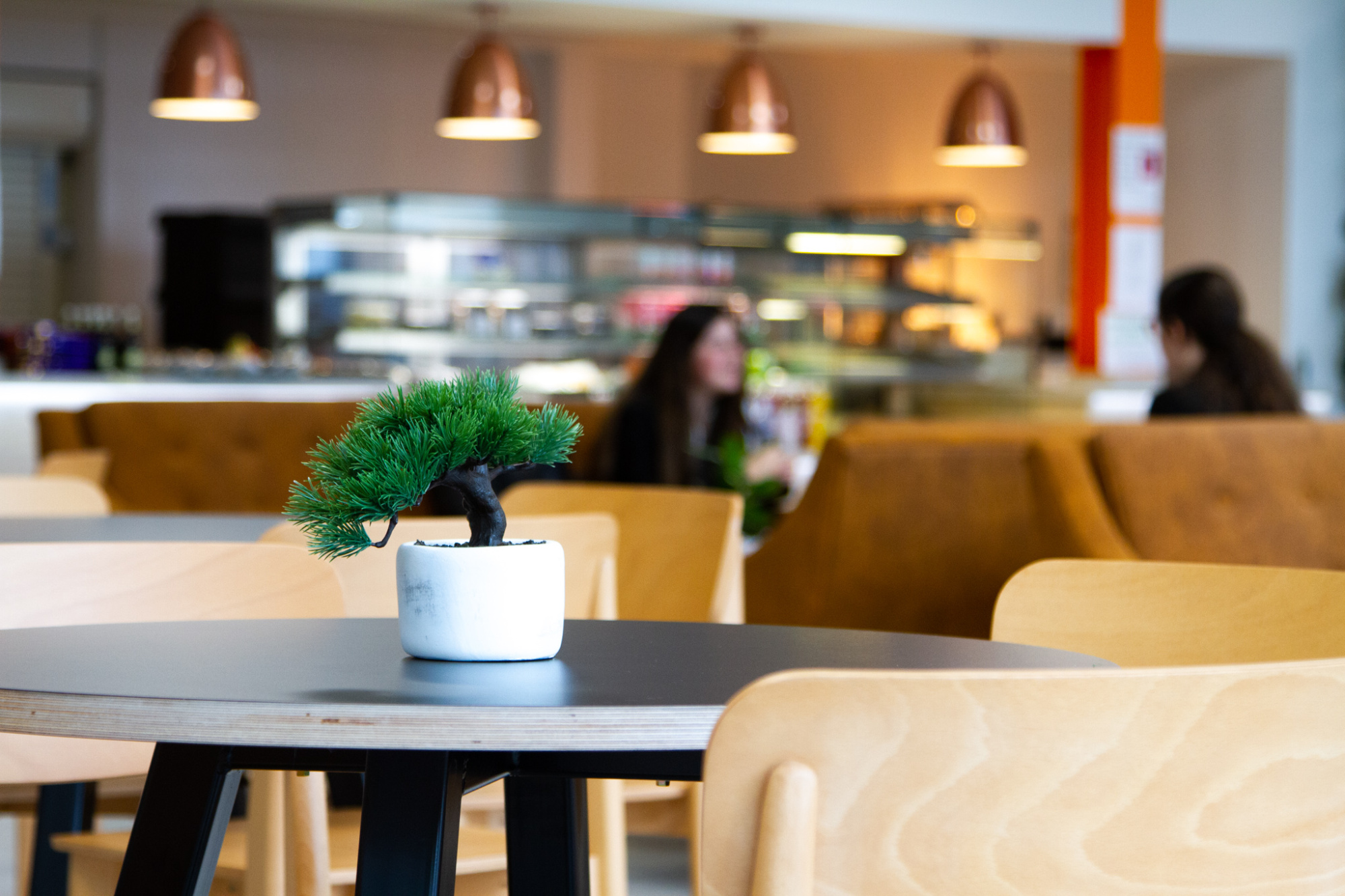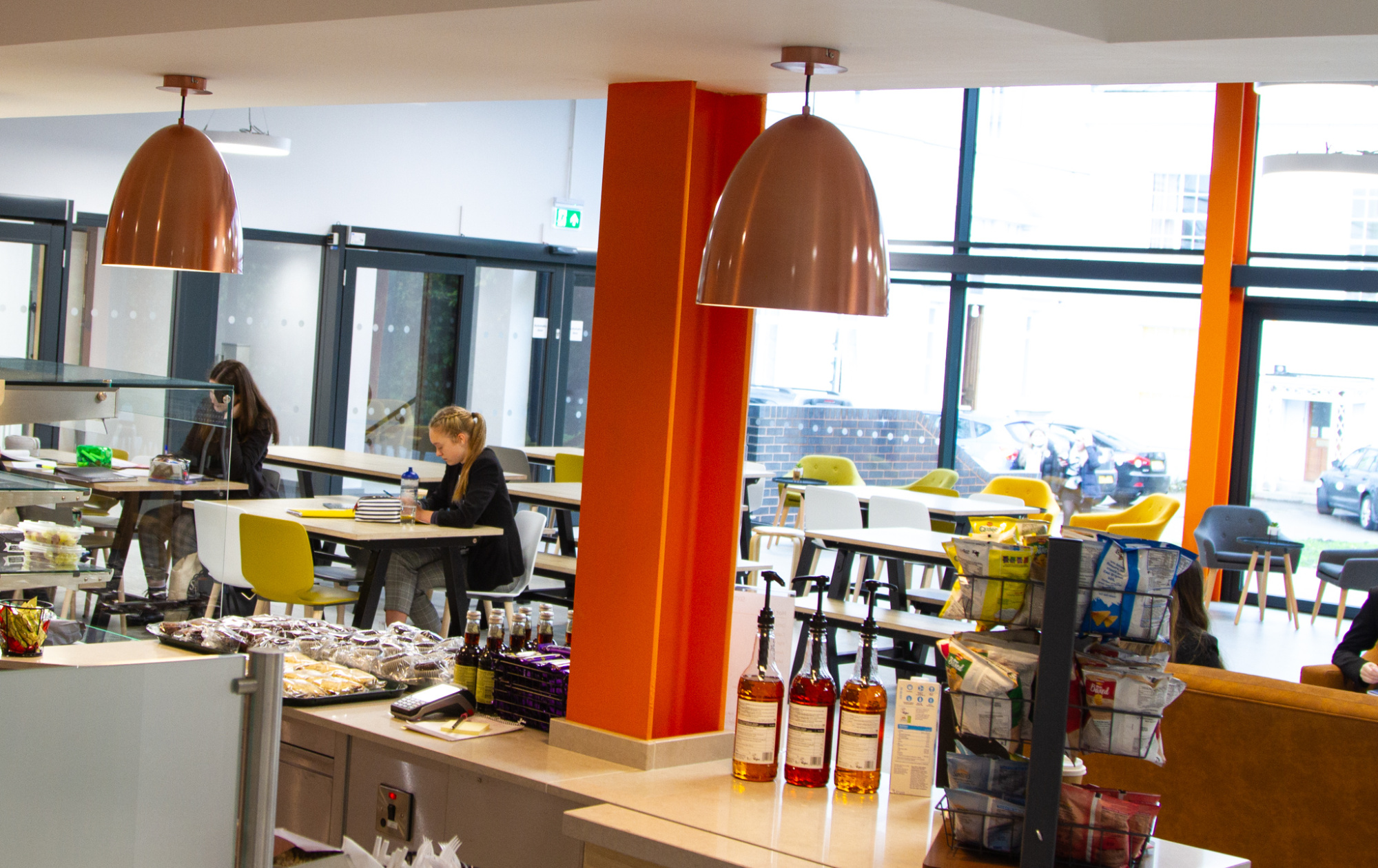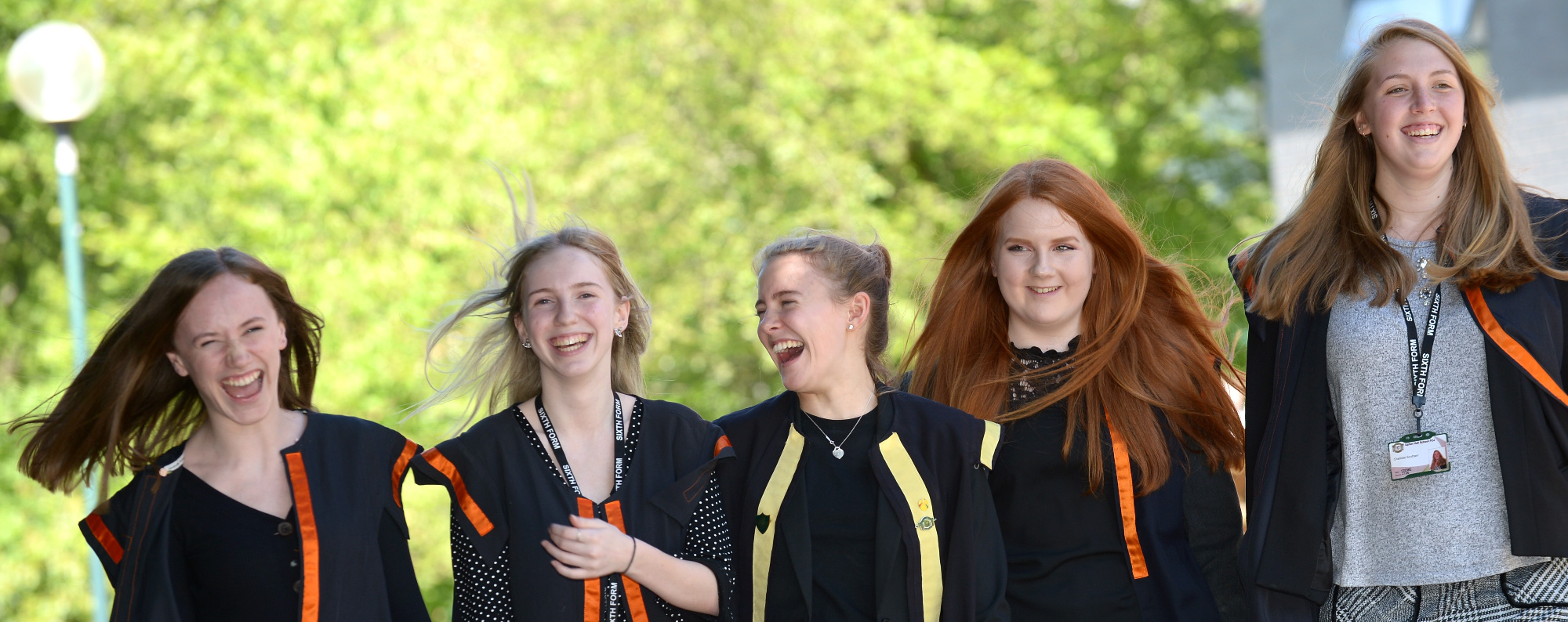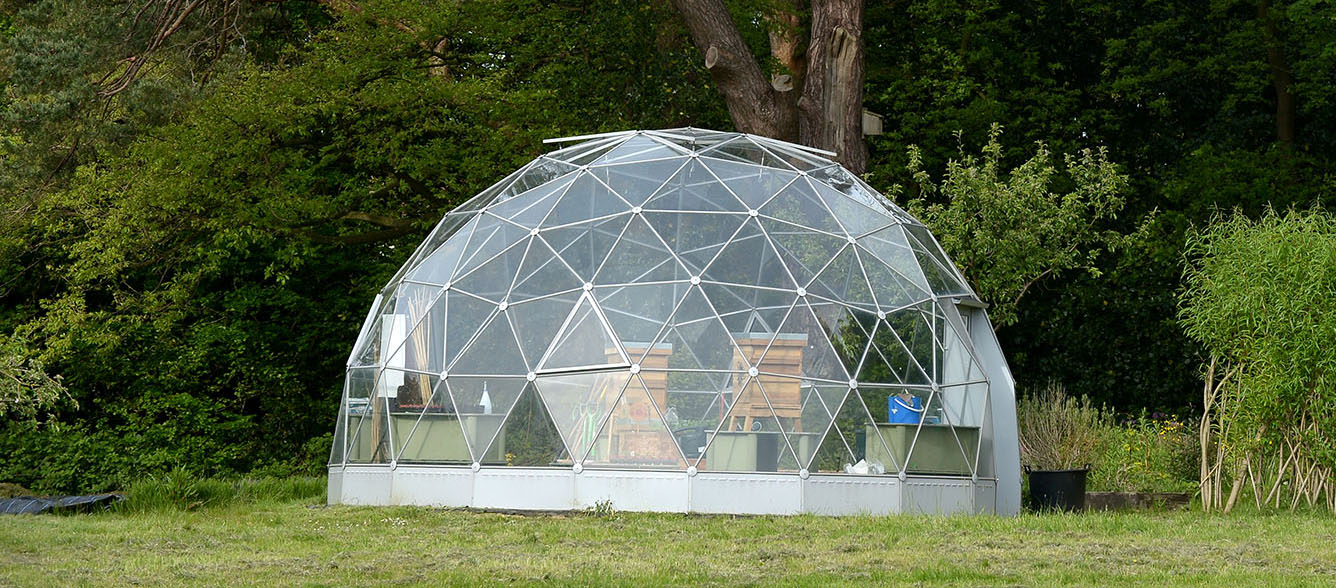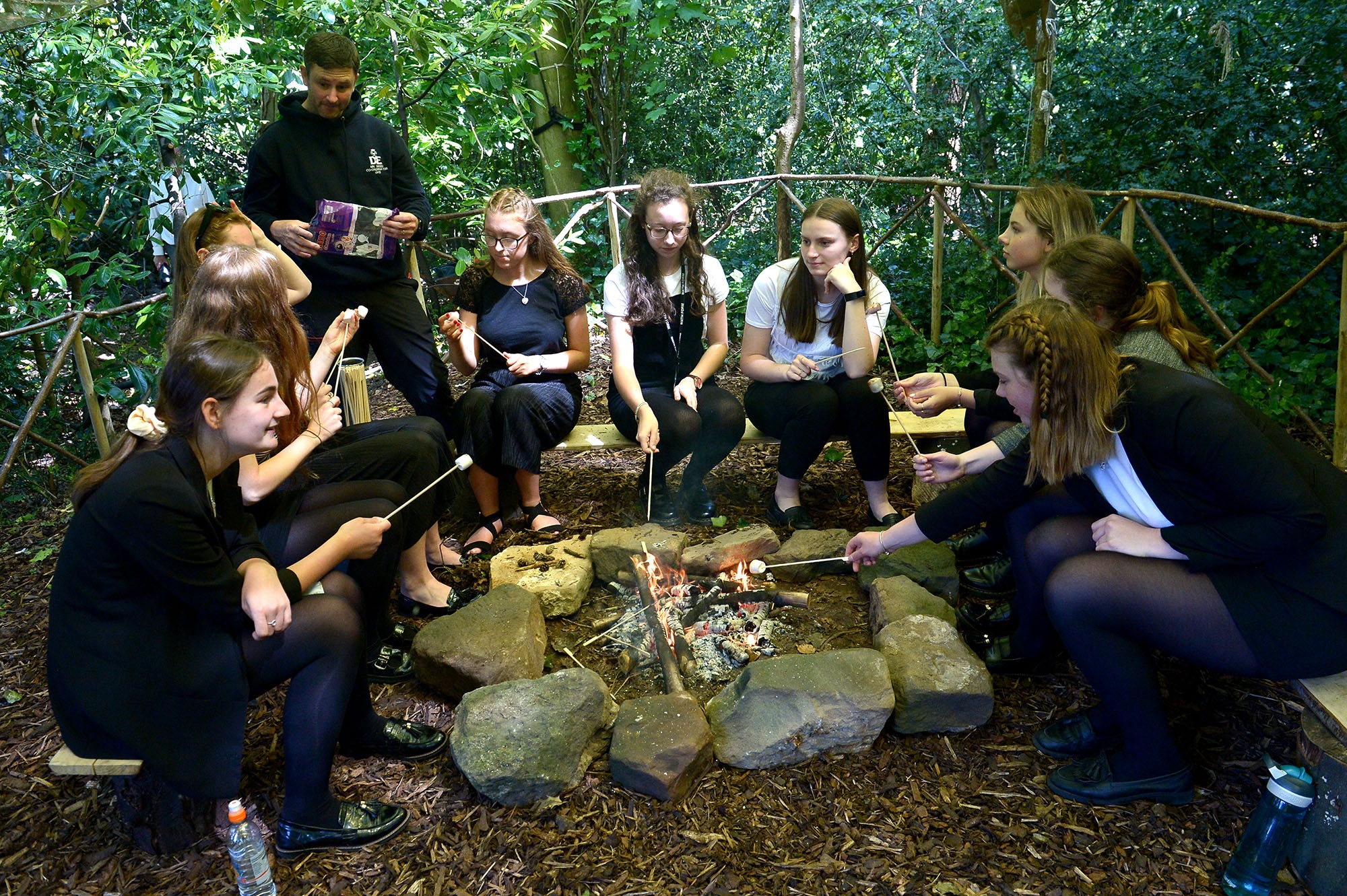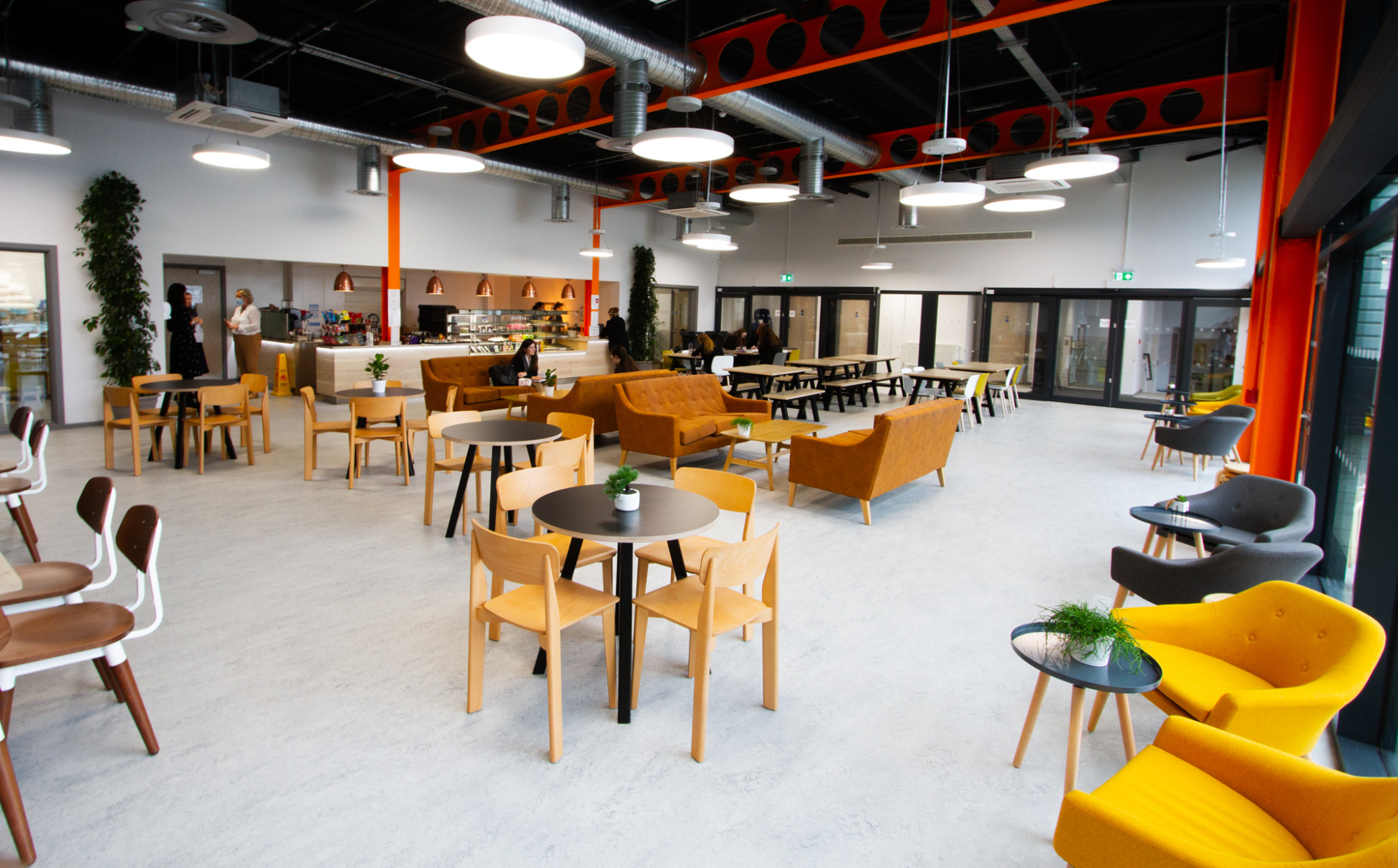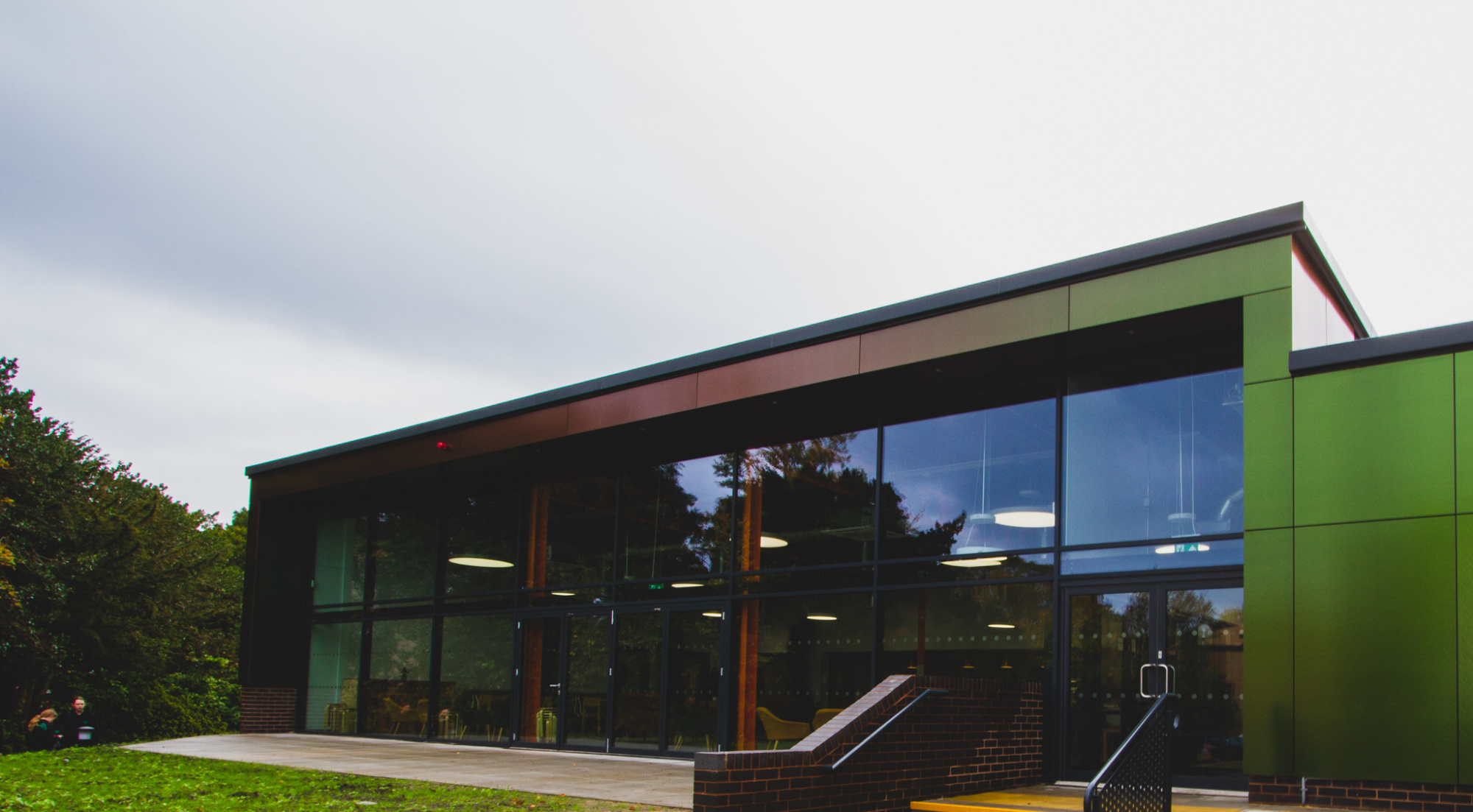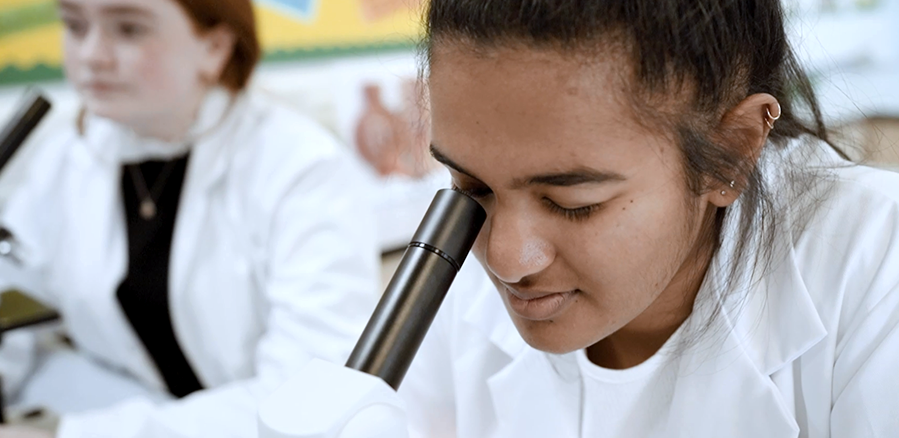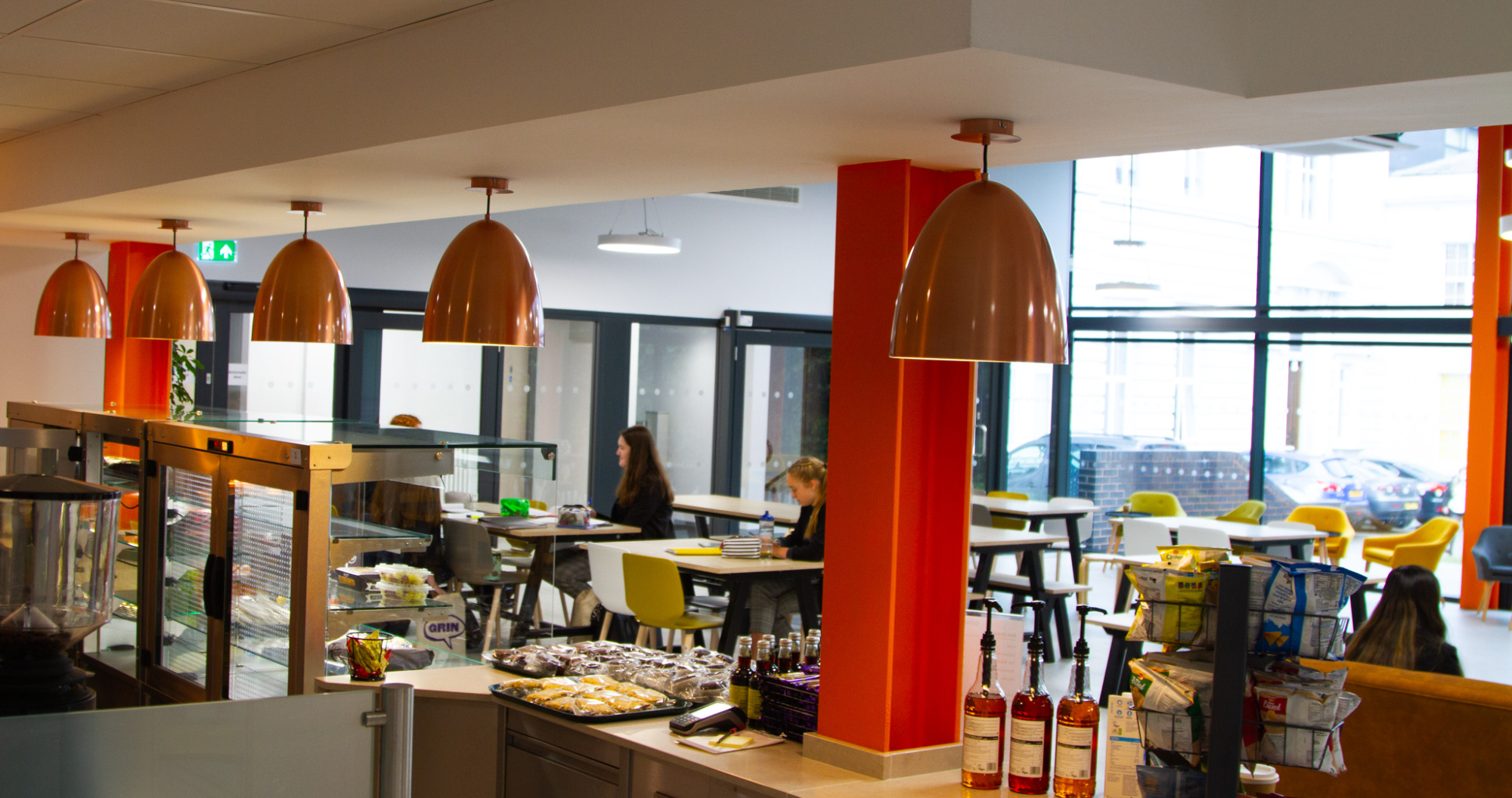Product Design
Course Overview
A Level Product Design develops the students' skills in creative and innovative thinking and problem solving, Through practical coursework, Design and Make tasks and the study of materials and manufacturing processes, this enables students to relate this to how the products would be commercially manufactured.
Entry Requirements
If GCSE Design and Technology was studied ay GCSE then a minimum grade 6 is required. Where this subject was not taken, a grade 6 in Art & Design would be acceptable or an aptitude for other STEM subjects.
As 15% of the assessment is of a mathematical nature at least a grade 6 in GCSE Mathematics is highly recommended.
A Level Topics and Assessment
This course is a linear course with all assessment taking place at the end of Year 13.
There are 3 components to the assessment:
1. Paper 1: Technical Principles. A 2h 30 minute examination consisting of a mixture of short and extended response questions. (18% Mathematics).
2.Paper 2 Designing and Making Principles. A 1h 30 minute examination also consisting of short and extended responses, Product Analysis and questions on Commercial Manufacturing (12% Mathematics).
3. Non-Examined Assessment (NEA). A substantial design and make task consisting of a design portfolio and a Student manufactured prototype product.
|
AQA |
Paper 1 |
Paper 2 |
Non examined assessment |
|---|---|---|---|
|
Length |
Written Examination 2 hours 30 minutes |
Written Examination 1 hours 30 minutes |
Project 45+ hours |
|
Weighting |
30% of A Level |
20% of A Level |
50% of A Level |
Beyond the Classroom and Future Prospects
Student Experience
Product Design is a subject I really enjoyed because I was able to develop a wide range of new skills using different materials and design a variety of products using both traditional and new technologies.


